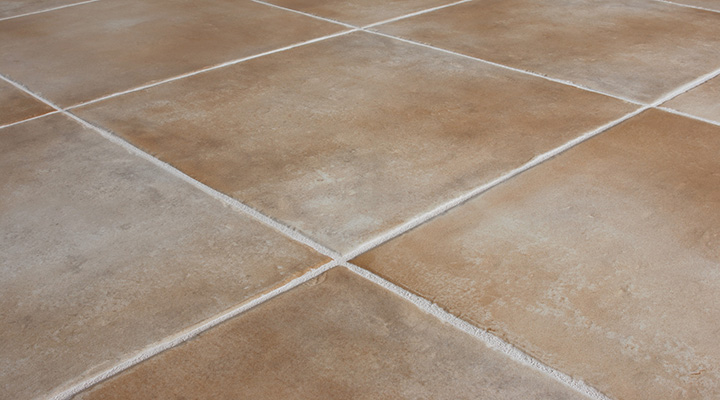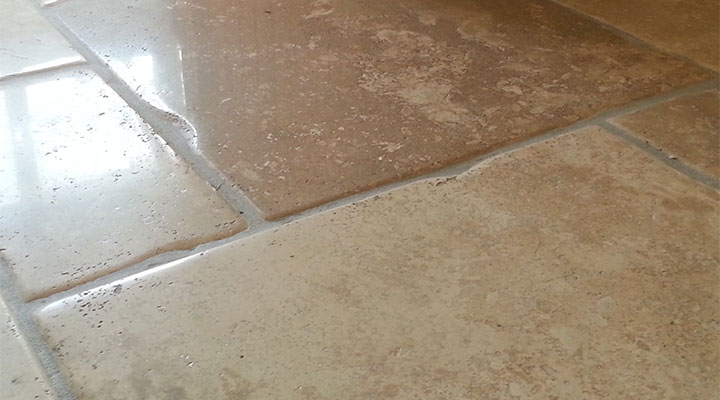WHAT IS TILE GROUT NORTHERN IRELAND
WHAT IS TILE GROUT NORTHERN IRELAND
When grout does its job locking tiles tight, keeping out water, and giving floors and walls a finished look nobody pays much attention. It’s only when grout fails, becoming stained, cracked, or falling out altogether, that people take notice.


But grout deserves more respect. “Not only does grout fill the voids, it also makes the floor, wall tiles stronger by bonding the tiles together and preventing the edges of a tile from chipping and cracking.
GROUT TYPES
There are several choices when selecting grout for a tile floor, wall or countertop. An understanding of the types available can save headaches later. Grout, rather than tile, accounts for some of the worst problems associated with tile. A beautiful white marble floor is not very attractive when the white grout is black and dirty. The following are the grout types currently available:
SANDED GROUT
Sanded grout is the most common grout used for ceramic tile, stone, and any tile with a grout joint 1/8 inch or larger. Sanded grout is made of Portland cement, sand, and other additives. When installed, it is mixed with water and toweled into the grout joint. It takes approximately 24 hours for the grout to dry. Sanded grout is as hard as concrete when fully cured, but can have several problems. Sanded grout is very absorbent. If not sealed, will soak up stains, dirt, and any other liquid spilled on the tile. Care should be exercised in choosing a good sealer to prevent staining and water absorption. Many grouts can be mixed with a latex additive upon installation that will reduce absorbency. Sealing is still recommended. Using sanded grout with a polished marble installation, presents another problem. The sand in the grout will scratch polished marble. This is a common problem with tile contractors who are not familiar with stone installation. Never use sanded grout on polished marble. Polished marble should be installed with a grout width smaller than 3 mil .
UNSANDED OR WALL GROUT
Un-sanded grout, commonly called wall grout, is similar to sanded grout without the sand. Wall grout is used on ceramic tile, and polished marble, with grout joints smaller than 3 mill. All the cleaning problems associated with sanded grout apply to wall grout. It should be sealed after installation to reduce absorbency.
LATEX MODIFIED GROUT ADDITIVES
Several latex additives are available that can be added to both sanded and un-sanded grouts. These additives are blends of acrylics and latex. They will lower the water absorption, increase the strength, and improve color retention. Some grouts have dried latex powder added at the factory, and, therefore, do not require additional additives. Some manufacturers also add anti-fungal and mildew resistance additives.
EPOXY GROUT
Epoxy grout is a waterless, two part grout made with epoxy resins (part A) and a hardener (part B). These components are mixed on site just prior to grouting. Epoxy grout, when fully cured, is stain and mildew resistant. It is less absorbent than cement based grouts, and is easily cleaned. Epoxy grout should be used on tile and stone kitchen countertops, backslashes and bathrooms. Epoxy grouts are difficult to apply, and can be quite messy during application. Be sure to hire a contractor who is skilled with epoxy grout installations. Epoxy grouts require no additional sealer.
